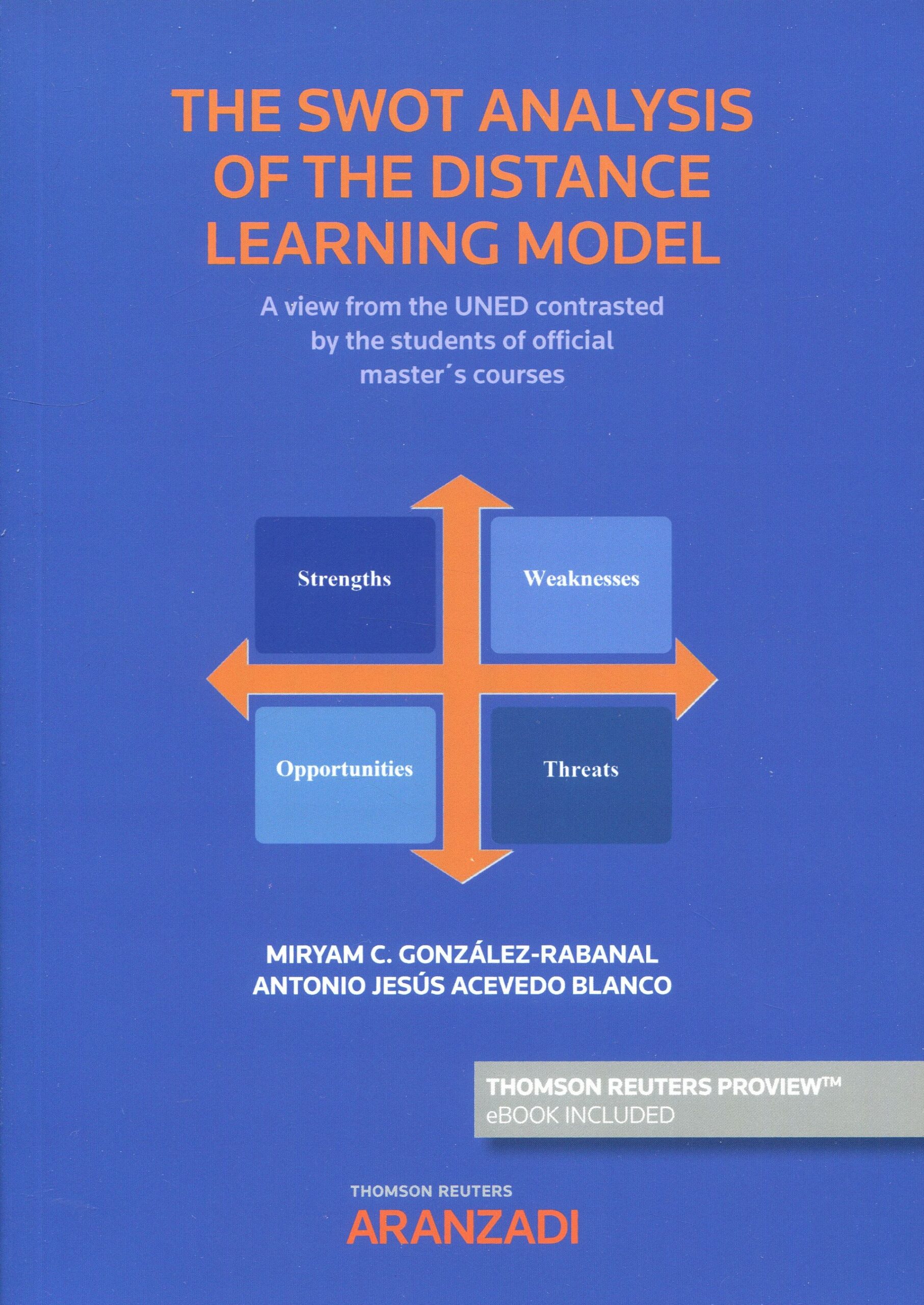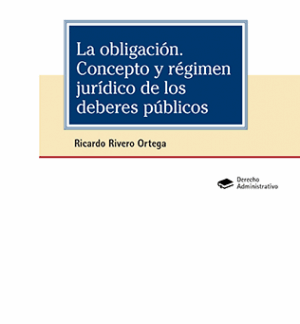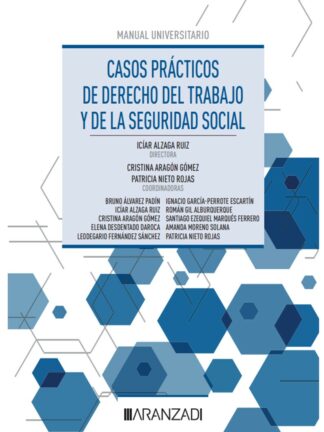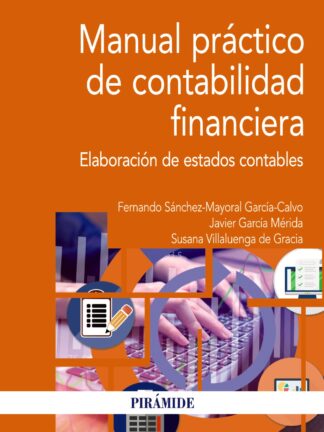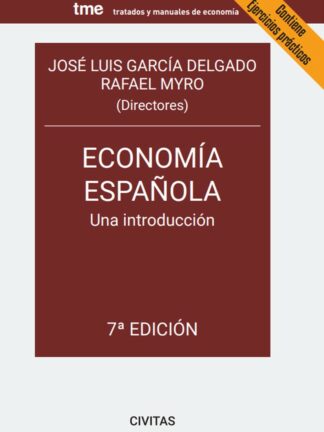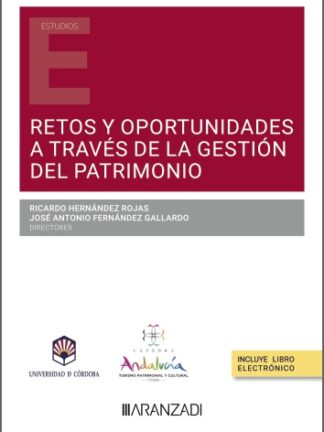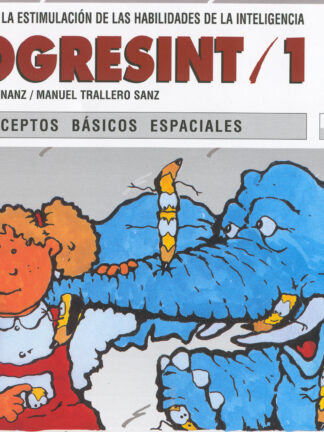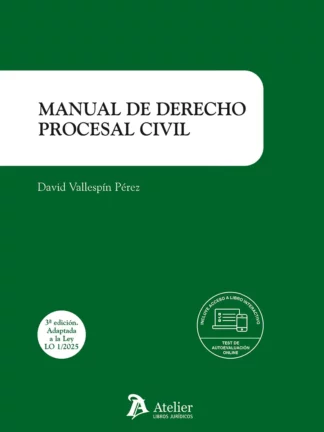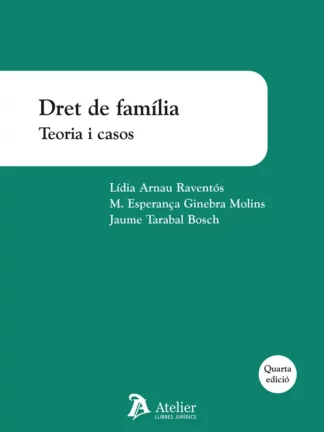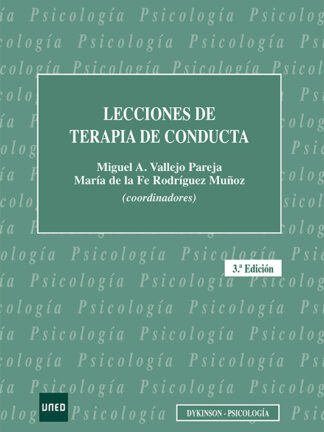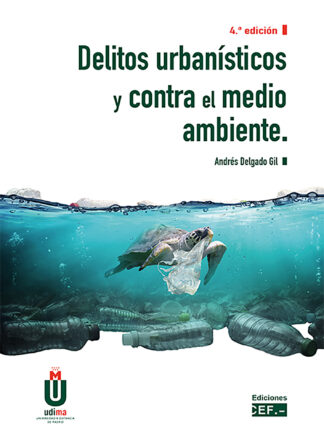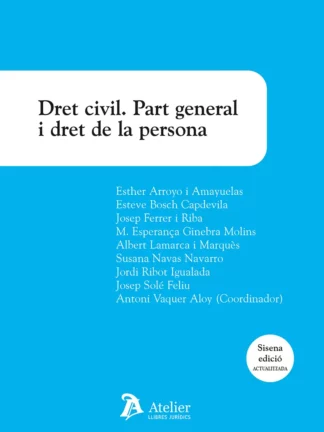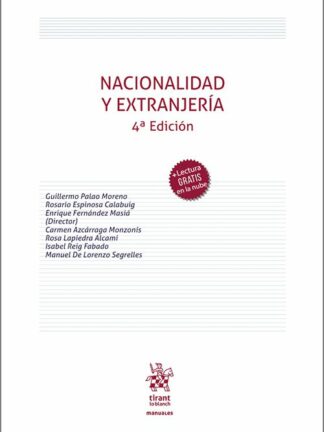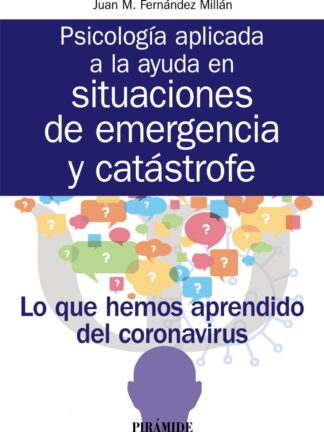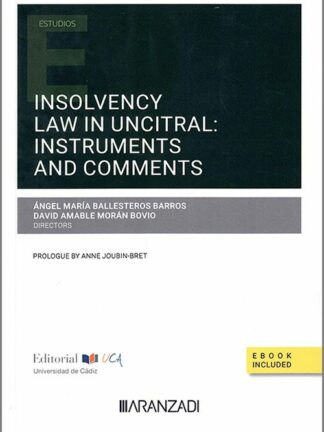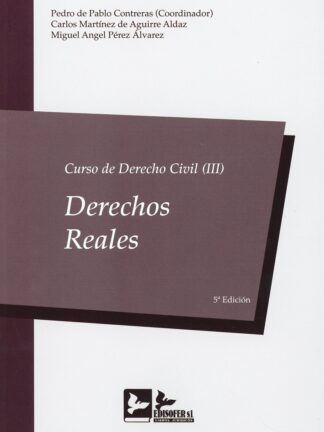Descripción
The swot analysis of the distance learning model
Do you think that higher education institutions, and the Distance Learning University (UNED) as a reference point for them, offer students of official Master’s degrees the programmes they demand? Do you defend that the postgraduate education on offer meets the needs of the labour market and the expectations of students?
Do you consider that the distance learning (online) model offers any advantages over face-to-face teaching, which students of official Master’s programmes particularly value? Do you believe that the future of the Distance Learning University (UNED) is promising and that it will be able to meet the challenges of the VUCA environment? Do you think there are niches in the higher education market that UNED can fill better than other competing universities?
These and other similar questions are addressed in this book. Based on the experts analysis whose results are confirmed by the students of official UNED Master’s degrees, this work offers suggestions on the best strategies that should be taken into account when designing the vision and determining the mission of the UNED in the coming years.
The authors, Miryam C. González-Rabanal and Antonio Jesús Acevedo Blanco, members of the Grupo de Innovación Docente (GID 2016/16) of the UNED, have extensive experience in the use of qualitative analysis tools applied to the educational environment.
This book is aimed especially at all those interested in learning about the Distance Higher Education model as well as students’ perceptions of their official Master’s degree courses; managers of Higher Education institutions who wish to have relevant information to design a strategy for the Distance University based on the CAME matrix (Correct the weaknesses, Confront the threats, Maintain the strengths and Exploit the opportunities), resulting from contrasting the SWOT analysis of the experts (Weaknesses, Threats, Strengths and Opportunities) with the opinions of the students.

